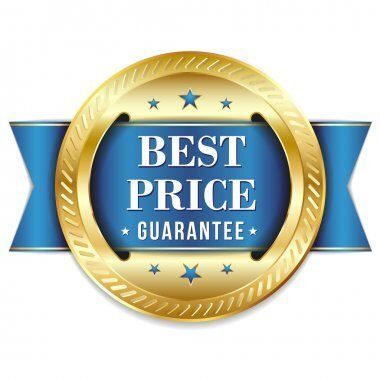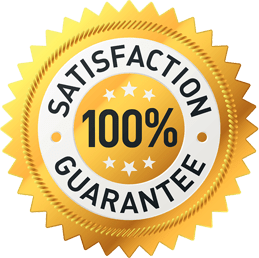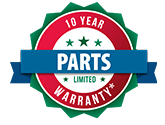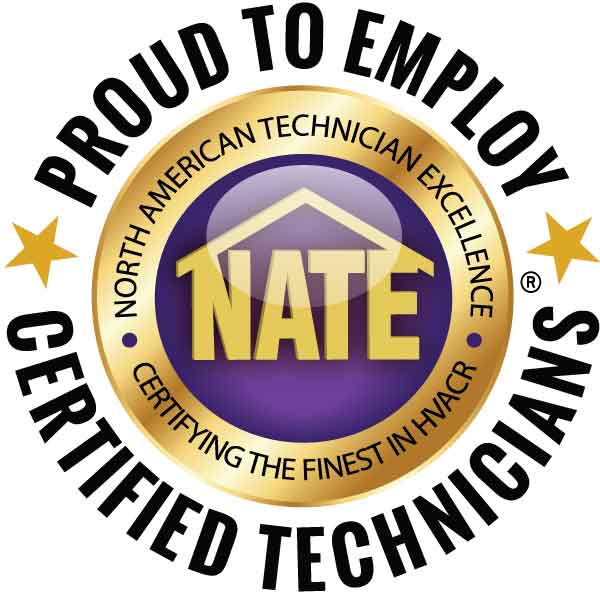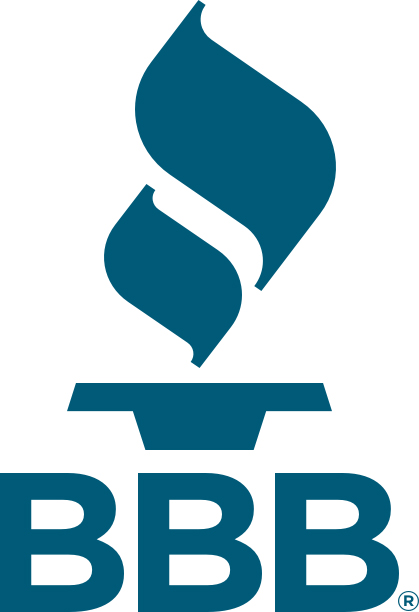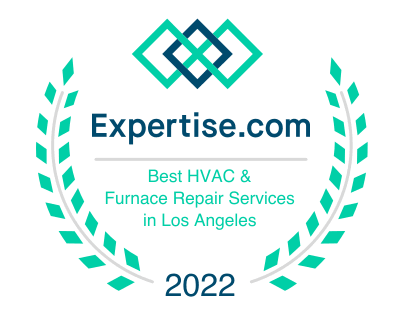
Introduction
With environmental regulations tightening across California, many homeowners in Northridge are assessing their heating systems to ensure compliance with SCAQMD Rule 1111. This regulation requires that all new or replacement furnaces meet strict NOx emission limits, prompting many residents to evaluate their current systems and plan for upgrades. But how can you determine if your furnace is compliant, and what should you look for in a replacement?
In this guide, we’ll walk you through the furnace assessment steps (to assess your current furnace), understand the basics of Ultra Low NOx compliance, and plan for an upgrade if necessary. By the end of this article, you’ll be prepared to make informed decisions about your heating system and contribute to cleaner air in Northridge .
Step 1: Assessing Your Current Furnace for Compliance
Identifying Your Furnace Type
The first step in assessing your furnace for compliance with Rule 1111 is determining its type and age. Older furnaces are more likely to exceed NOx emission limits, as they were manufactured before modern environmental standards took effect. If you’re unsure about your furnace’s age or specifications, check the manufacturer’s label or contact a certified HVAC professional.
Checking for NOx Compliance Labels
Many newer furnaces are labeled as Ultra Low NOx compliant, indicating that they meet the 14 ng/J emission standard set by Rule 1111. Look for labels or documentation that specifies the furnace’s NOx output. If this information isn’t readily available, consult the user manual or contact the manufacturer directly. For older models without clear labeling, an HVAC contractor can assess emissions and provide guidance.
Signs Your Furnace May Not Be Compliant
Common signs of a non-compliant furnace include:
- Higher Operating Costs: Non-compliant furnaces are often less energy-efficient, leading to higher utility bills.
- Inconsistent Heating: Older systems may struggle to maintain consistent temperatures.
- Increased Noise Levels: Non-compliant furnaces may produce more noise during operation due to outdated technology.
If you notice any of these signs, it may be time to consider upgrading to an Ultra Low NOx furnace.
Step 2: Exploring Your Upgrade Options
Understanding Ultra Low NOx Furnaces
Ultra Low NOx furnaces are designed to emit significantly lower levels of nitrogen oxides (NOx), a pollutant that contributes to smog and respiratory issues. These furnaces meet Rule 1111 standards, making them a compliant option for homeowners in Northridge . Ultra Low NOx models not only reduce environmental impact but are also more energy-efficient, potentially lowering your monthly heating bills.
Choosing the Right Furnace Model
When upgrading, selecting the right model for your home’s size and heating needs is essential. HVAC professionals can help determine the optimal furnace capacity based on square footage, insulation, and other factors. Some popular options for Ultra Low NOx models include:
- High-Efficiency Gas Furnaces: Designed for larger homes, these models combine efficiency with low emissions.
- Compact Furnaces: Ideal for smaller spaces, offering compliant heating without taking up excessive room.
- Electric Heat Pumps: These all-electric systems eliminate NOx emissions entirely and can be a good alternative if you’re considering a switch from gas to electric heating.
Comparing Costs and Benefits
Ultra Low NOx furnaces may have a higher upfront cost than traditional models, but they offer long-term savings on energy bills and help avoid non-compliance penalties. Additionally, these systems often qualify for rebates and incentives, which can significantly reduce the overall cost. Be sure to weigh the initial investment against the potential for monthly savings and financial incentives.
Step 3: Planning Your Furnace Replacement in Northridge
Budgeting for an Ultra Low NOx Furnace
Budgeting is a crucial step in planning an upgrade. Start by researching the costs of Ultra Low NOx furnaces, installation fees, and any additional equipment needed. Talk to HVAC professionals in Northridge to get an accurate estimate and ask about financing options if needed. Additionally, look into rebate programs offered by SCAQMD and local utilities to offset the cost.
Scheduling the Replacement
The installation process for an Ultra Low NOx furnace typically takes a few hours to a day, depending on the model and your home’s heating infrastructure. To avoid disruptions, schedule the installation during a time that works for you and plan ahead if you expect colder weather. Working with a certified HVAC contractor will ensure that the replacement process is smooth and that the furnace meets compliance standards.
Tips for Working with HVAC Professionals
When choosing an HVAC contractor for your furnace replacement, consider the following tips:
- Verify Certification: Ensure the contractor is certified and experienced with Rule 1111 compliance.
- Request a Detailed Estimate: Ask for a breakdown of costs, including equipment, labor, and any additional charges.
- Check References: Look for reviews or request references to confirm the contractor’s reliability and expertise.
By collaborating with knowledgeable professionals, you can ensure a compliant and efficient installation that meets all regulatory requirements.
Step 4: Maximizing Your Investment with Rebates and Incentives
Rebates from SCAQMD and Local Utility Programs
Several rebate programs are available to homeowners upgrading to Ultra Low NOx furnaces. SCAQMD offers specific incentives for compliant installations, and local utility companies often provide rebates to encourage energy-efficient home improvements. By combining these programs, you can reduce your upfront costs and make the transition more affordable.
Applying for Rebates
The rebate application process usually requires documentation of purchase, installation, and compliance verification. Your HVAC contractor can often assist with this paperwork to ensure you qualify for the maximum available incentives. Be sure to keep records of all receipts and forms, as these will be essential for a successful application.
Conclusion
Assessing your current furnace and planning an upgrade to an Ultra Low NOx model is a proactive way to ensure compliance with Rule 1111 while improving energy efficiency. By understanding your furnace’s NOx emissions, exploring upgrade options, and leveraging available rebates, you can make an informed decision that benefits both your household and the Northridge community.
Call to Action: Ready to upgrade your furnace for compliance and cleaner air? Contact a certified HVAC contractor in Northridge today to assess your current system, explore Ultra Low NOx options, and learn more about available rebates.
Contact SoCal Climate Control Heating and Air Conditioning
For personalized advice or assistance with any HVAC needs, reach out to SoCal Climate Control Heating and Air Conditioning at (833) 202-0763. We’re here to ensure your system is running smoothly and effectively, providing comfort for years to come.





